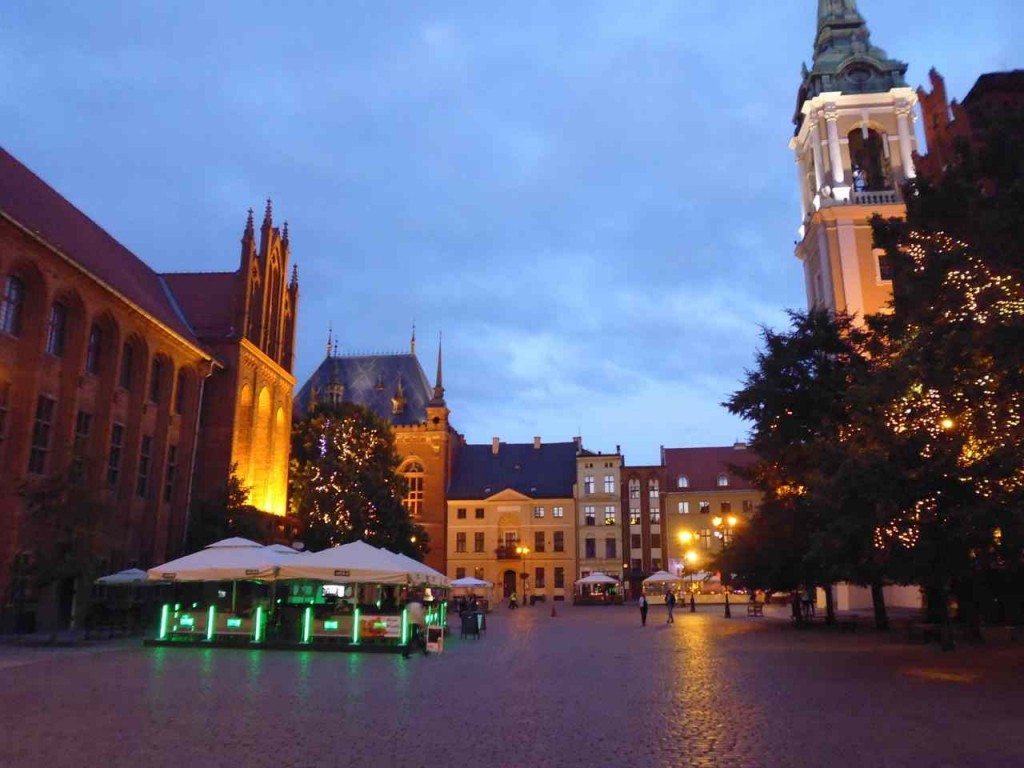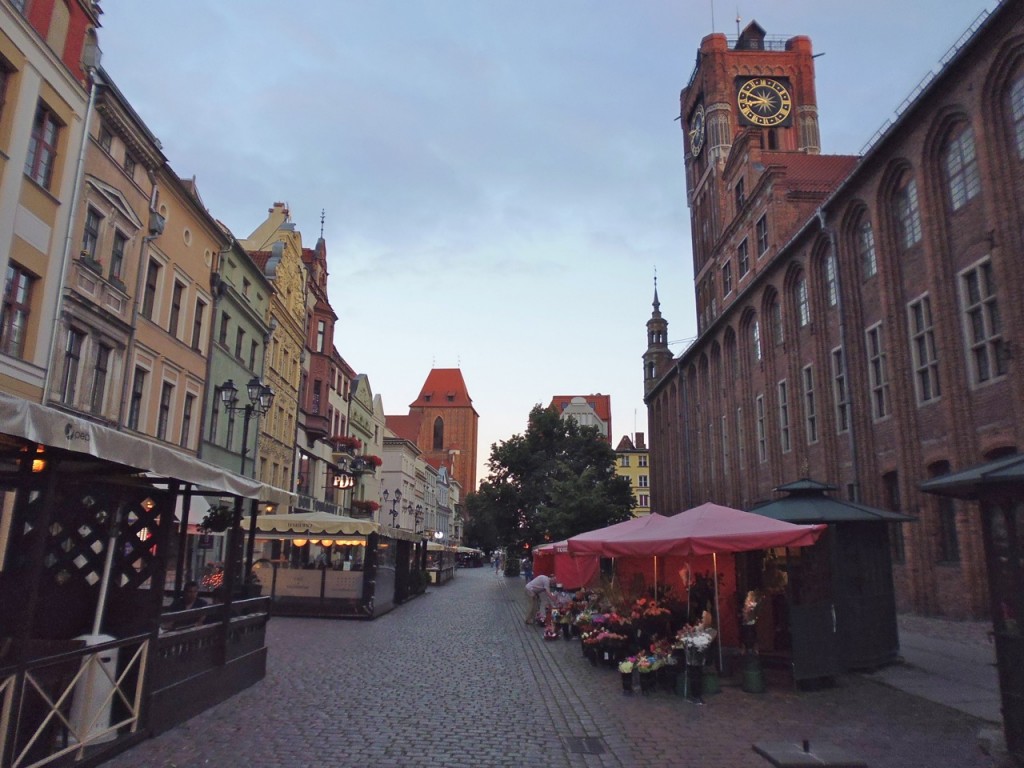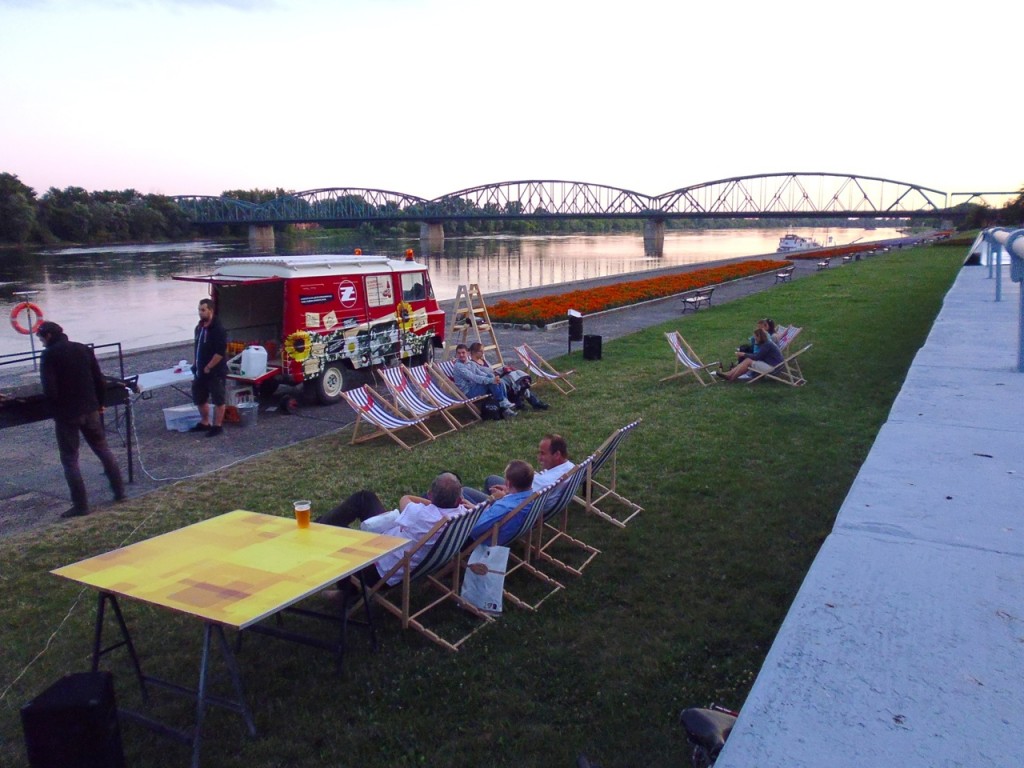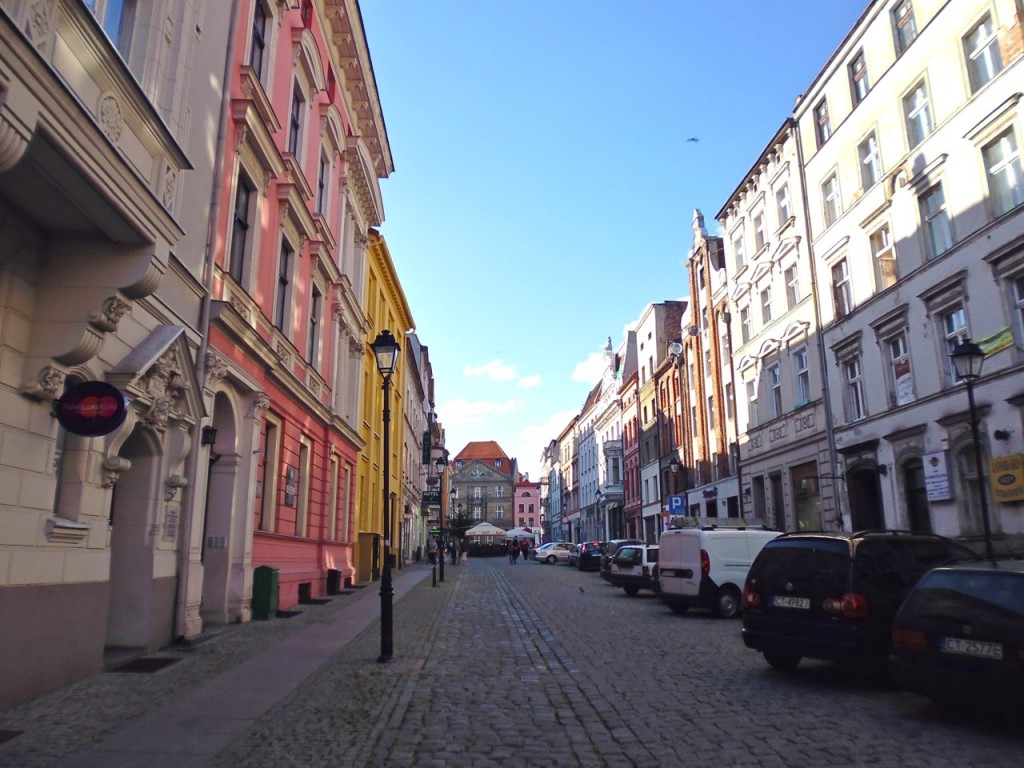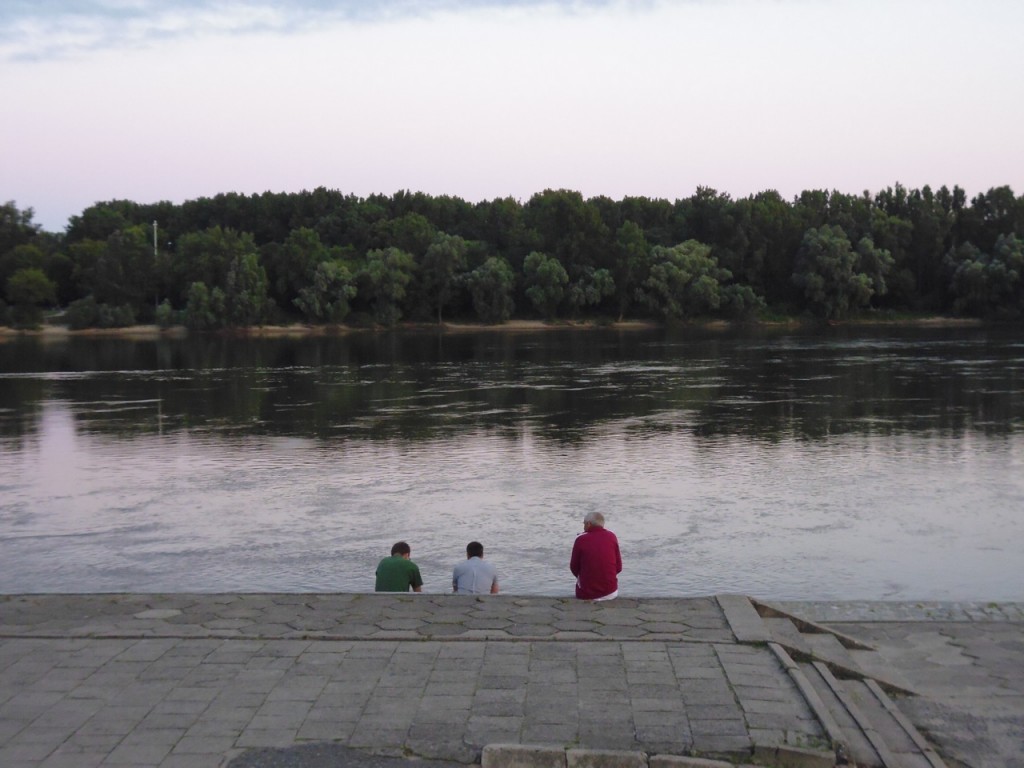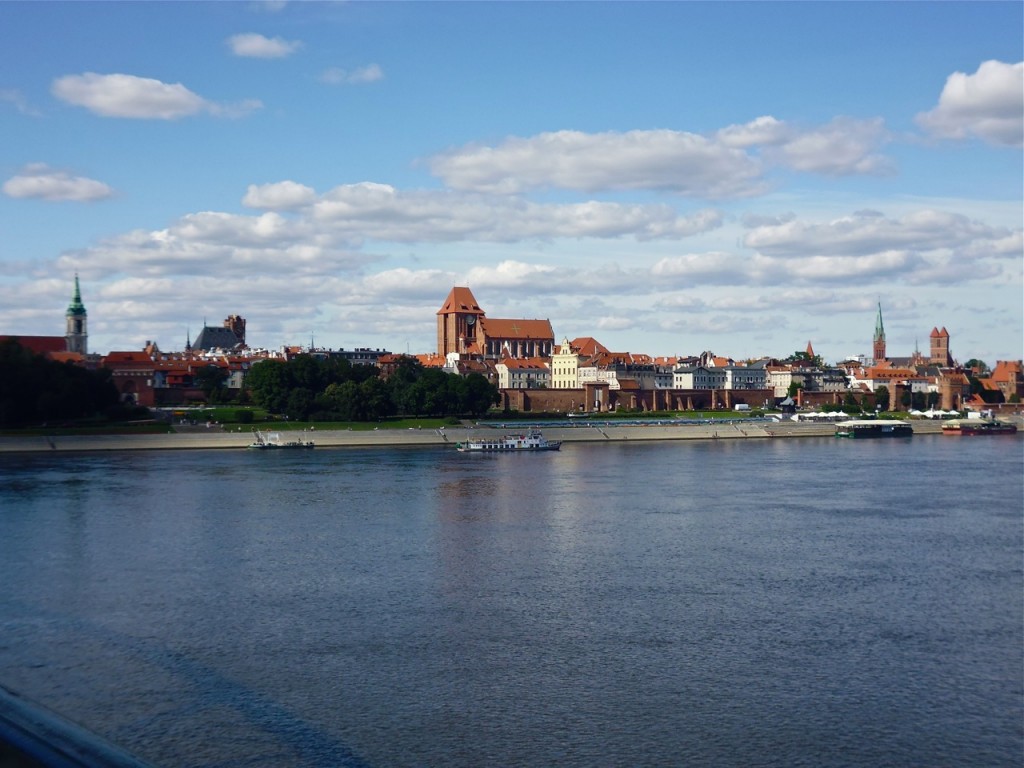Weekend Trips from Berlin: Toruń’s Gothic in Poland
The small city of Toruń escaped the Second World War miraculously undamaged. When you approach from the rail station across the Vistula river, the old walled town––with its steeples of Backsteingothik churches, and Cathedral with its Renaissance clock––faces you surrounded by pastoral green. I have rarely approached a medieval city with such an unobstructed view of how it must have looked before the industrial era. It’s only when you get very close do you see the Communist towers of mass Polish housing peeking out from behind the branches. Somehow this is reassuring, a little grit among what might be a polished UNESCO-heritage concoction.
Except Toruń is not Disneyfied (like the reconstructed old town of its fellow Hanseatic neighbour up North, Gdańsk) but rather a city whose historic centre, with irregularly shaped squares and residential streets, also bustles with local commerce––supermarkets, underwear shops and record stores. There are a couple of beer tents in the main square (the Rynek, with its gothic town hall, the German-sounding Ratusz, in the centre), but they don’t seem that touristy and are mostly busy with students from the local Nikolaus Copernicus University (yes, he was born here) and locals eating wonderful blueberry-filled pancakes at Manekin or downing pints of crisp Żywiec beer. Sauntering down to the slow-moving Vistula river, you see young people lounging on sun chairs, grilling meat, watching films projected from a camper van on a wall. Others simple observe the light on the water and the branches trailing in the current.
Back in the city, with the light growing low, what I find most charming is the irregularity of the brick facades, the way time has shifted and unbalanced the foundations. It’s as if the buildings are huddling up against one another as the night air grows cooler. This is not something you get in most Polish cities, impeccably but rather rigidly and vertically reconstructed after the war: it’s maybe impossible to reproduce the gentle shifting of age that you find in Toruń.
What’s also remarkable is how, on your return to Berlin, even a couple nights away has felt like a fortnight. Poland feels strangely more Southern than Berlin-–with its brightly painted historic squares and more outwardly exuberant people. Its tastes, tanged with dill, are particular. The ramshackle public spaces, with electrical boxes and fences placed haphazardly among the uncut grass, gives it a disorganised texture. And there’s plenty of grit and peeling from the Communist years to give that underpass or that dilapidated building a frisson that these days you need to look for around Ostkreuz. There certainly are continuities too, with the Prussian and German architecture in some places, the landscape of lakes and forests, and the Communist-era mass housing, but somehow they only serve to bring the differences into greater relief. So that when you return to the greater diversity of Berlin (Poland is certainly much more conservative and monocultural), you approach with eyes open the slickness of the train platform, or a man wearing makeup in the U-Bahn, or the mix of so many languages––including those from farther East… Polish, Ukrainian, Czech, Russian. When you go East by train and return, Berlin no longer feels on the edge of Europe’s treasures, but somehow right among them. Certainly Toruń challenges the mistaken notion that Western Europe possesses the wealth of the continent’s cultural patrimony.
Getting there:
My posts on weekend trips from Berlin on this site are getting a lot of traffic (here are the links to my posts on L’viv, Hiddensee, Wrocław, Olomouc…). Toruń, located about 350km away just on the other side of the Polish border (a little skip and a jump for us Canadian folks used to long distances), is really one of the best. We did a big circle, from Berlin to Gdańsk overnight (and seaside Sopot: both places were uncomfortably thronged with crowds in July, and all local commerce in the centres given over to mass tourism), then train via Bydgoszcz to Toruń overnight, and back via Poznan. You can get cheap Euro-Spezial tickets on the Bahn if you book in advance. But a simple solution would be simply to take the train (with its great restaurant car) from Berlin to Poznan (three hours), changing to Toruń (another two hours journey), and back. Stop in Poznan for lunch to break up the journey, and even going overnight won’t seem that tiring. So just get up, go to the station, get on the next Berlin-Warsaw Express, order a Żywiec in the restaurant car, see the border come and go, and let the Polish countryside race by you, with the expectation that Toruń, beguilingly, is not so far away, but much farther away in time.

